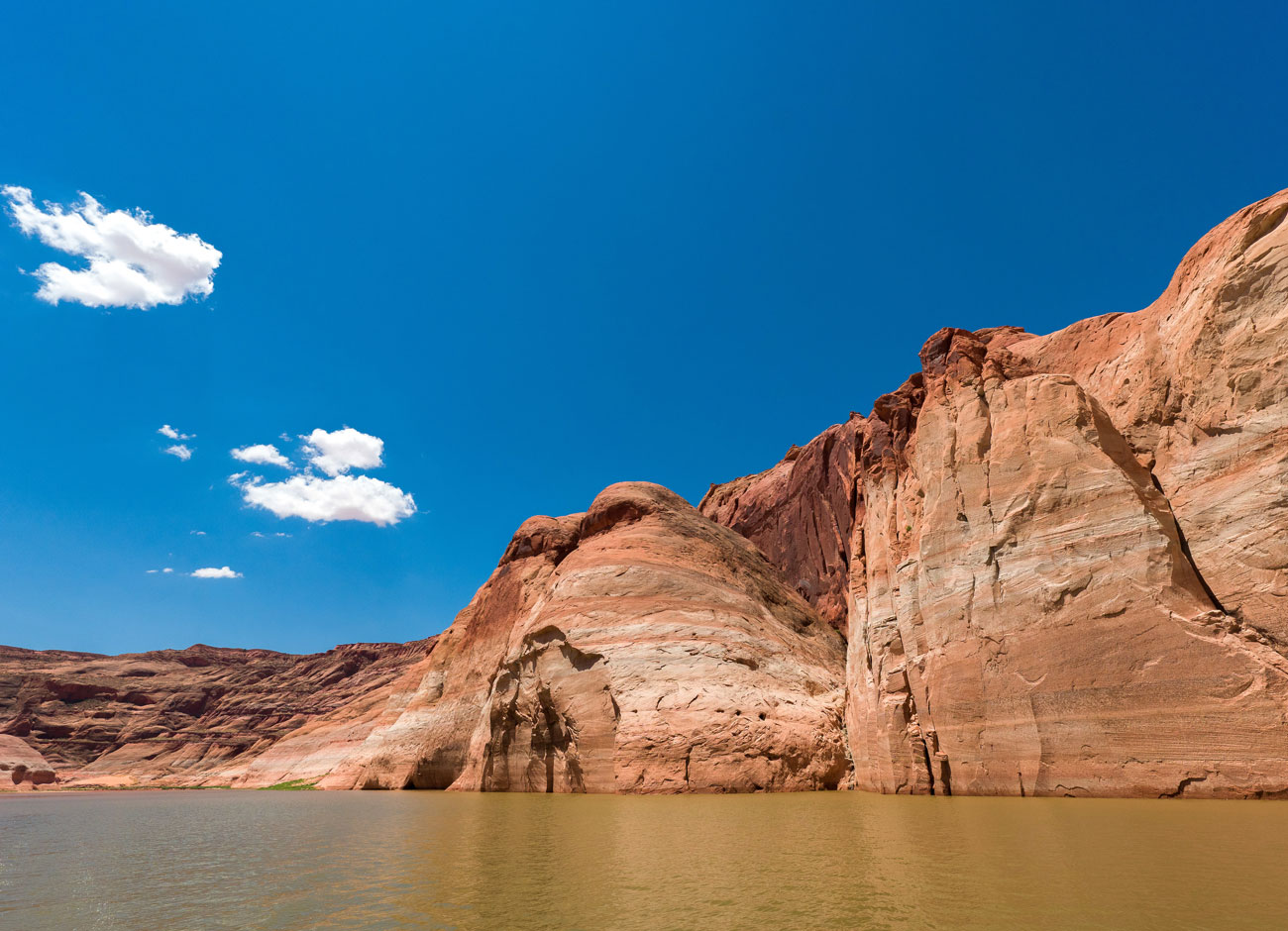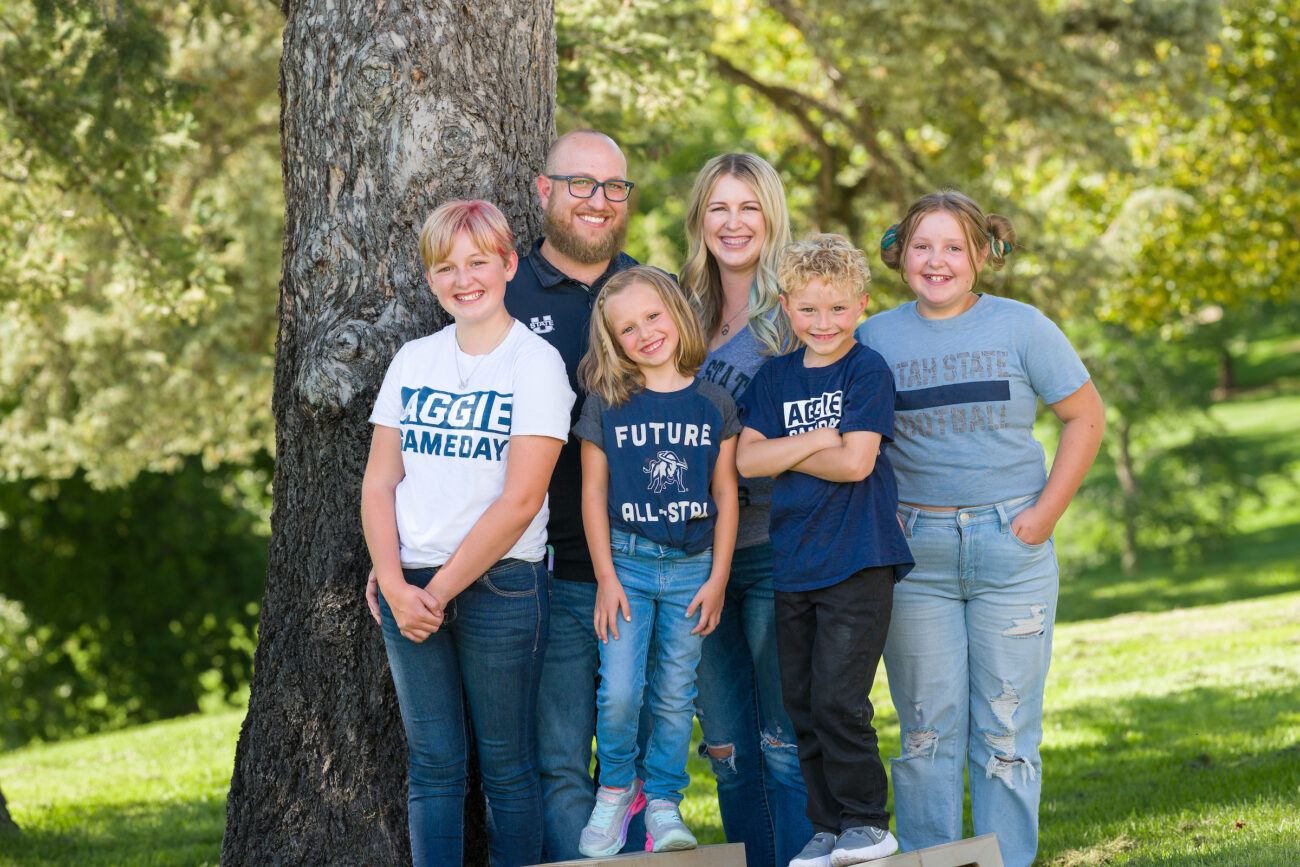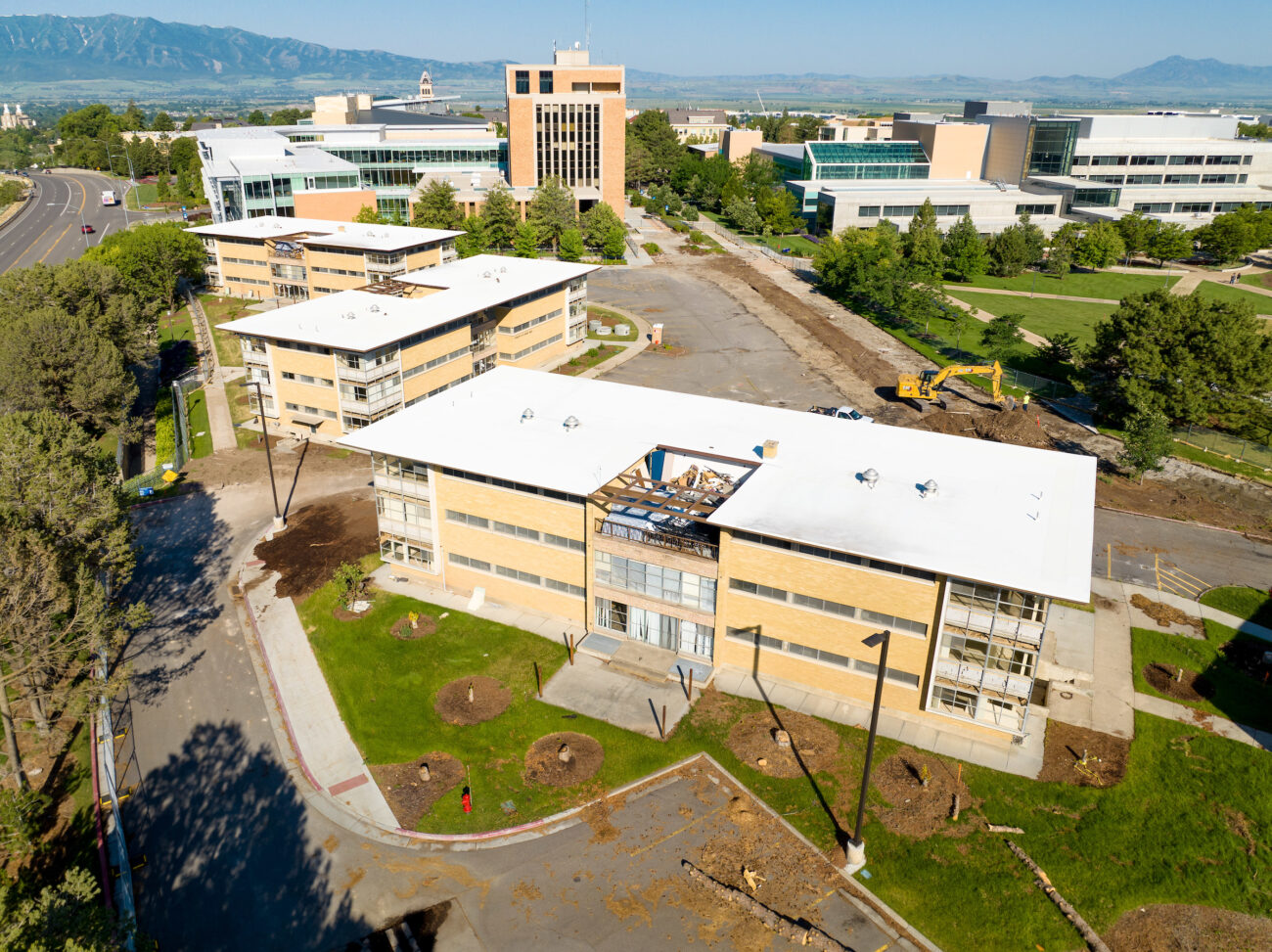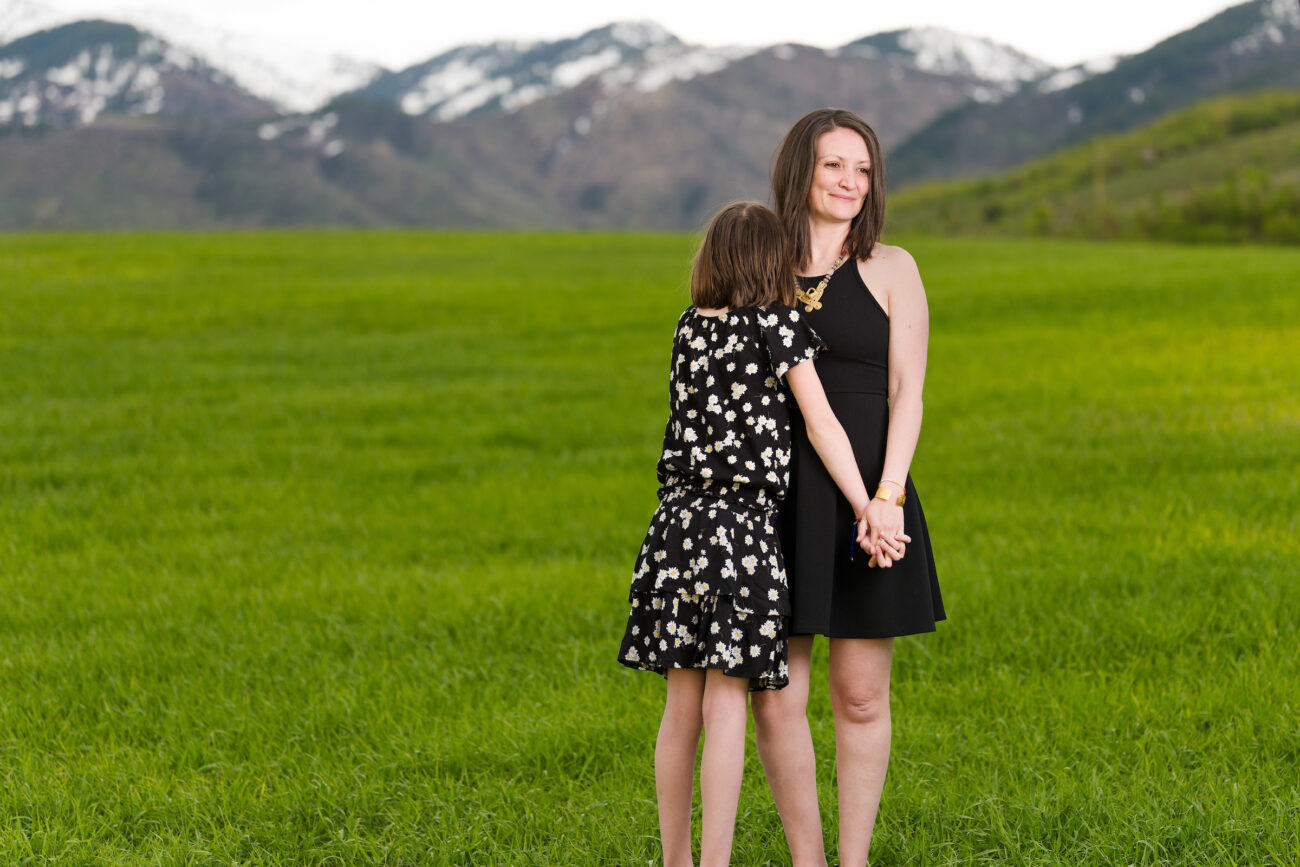A Shared System with Shared Problems — And Solutions

The first time I saw the bathtub ring circling Lake Mead was in 2003 during a cross-country road trip.
I was plotting a move out West and swerved to check out the Hoover Dam. Admittedly, I didn’t fully appreciate its importance in delivering water — and hydropower — to millions of people across the Southwest. I didn’t understand the complexity of managing the Colorado River. And I didn’t know that the country’s two largest artificial reservoirs were formed when humans decided to flood a canyon. What I did know was that the water seemed to be a long way down.
Back then, the water level of Lake Mead was just over 1,143 feet. It’s 100 feet lower today and inching towards dead pool status — the point at which the water is too low to generate power. Lake Powell is facing the same uncertainty. You’ve likely encountered the term dead pool over the last few months as water levels at Lake Mead and Lake Powell continue to fall. The 20-year drought plaguing the West is predicted to worsen making every last drop of water even more precious.
That is why we devoted the fall issue of Utah State magazine to cover some of the critical issues facing Utah’s natural resources. We want to highlight the important work that Aggies are doing in the field and the researchers at Utah State University’s new Janet Quinney Lawson Institute for Land, Air and Water are tackling every day. For instance, Dan Keller ’08, M.S. ’13, is working to keep native and sport fish populations in Lake Powell healthy as well as promoting this majestic place to tourists. The communities around these reservoirs depend on the fish and the people who come to catch them.
As Sarah Null, professor of watershed sciences, explains in the cover story “Thirsty: Facing Down Drought in the West,” drought is everyone’s problem: “This is a shared system.” And we have some work to do.
By Kristen Munson
Photo by Levi Sim





